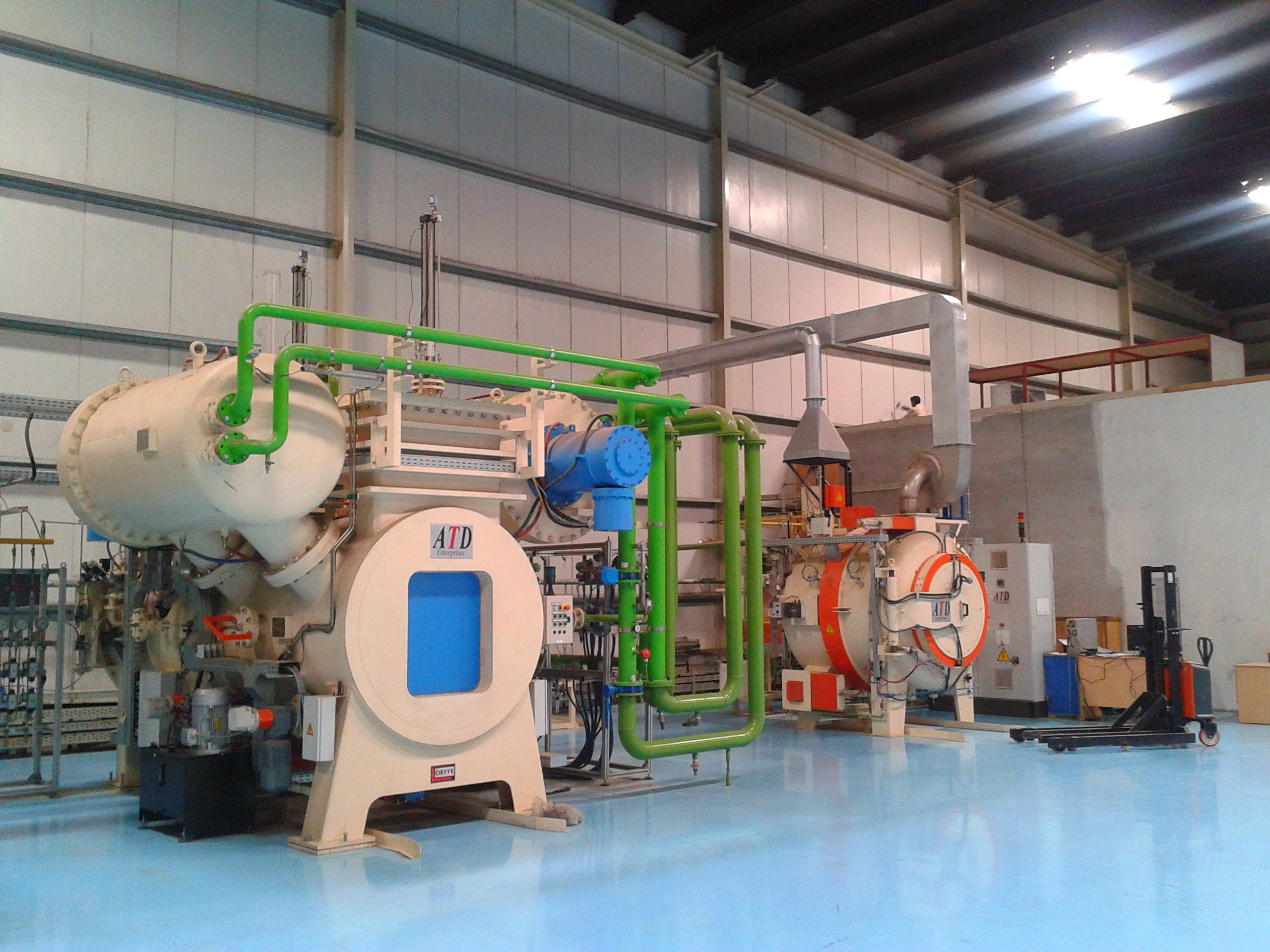Heat treatment is a process commonly used in the manufacturing industry, exploiting heat to alter the physical and sometimes chemical properties of a material. The parameters that control the effects of the heat treatment are predominantly temperature and time. Heat treatment is a critical process in the industry as it allows material properties to be specialised for applications, helping advance engineering applications. Below we discuss the popular types of heat treatment processes, why they are used, and what benefits they give to treated materials.
What Are The Main Types of Heat Treatment Processes?
Annealing
Annealing is a heat treatment process that requires heating the material to a specific temperature to give a refined microstructure in the material. The goal of annealing is to improve the material’s ductility and reduce its hardness to make it more workable. These properties are attractive in the manufacturing industry as it allows the steel to be formed without cracking.
The material is heated above its recrystallisation temperature and then cooled very slowly to allow the formation of pearlite. The heat treatment process is generally used on low carbon steels (<0.25% Carbon) that have been work hardened from previous operations.

Hardening
Hardening is a heat treatment process, as the name suggests, that increases the hardness of the material. This type of heat treatment is commonly used on steel in a range of methods such as nitriding, carburising and flame hardening. It is also one of the most popular types of heat treatment for steel as it increases its strength and wear properties.
The hardening heat treatment process involves the material being heated to a temperature above its critical temperature and then held at the temperature. Following this, the material is quenched (rapid cooling) to bring the material back to room temperature. The quenching process results in the material maintaining its structure at elevated temperatures at room temperature. Hardening is commonly known as the opposite of the heat treatment process annealing.

Quenching
Quenching is a process that involves cooling a material rapidly after it has been heated. The material can be cooled using a range of media such as oil, water, brine or air. The process prevents low-temperature phase transformations by reducing the time frame the material spends in that temperature range.
Like other heat treatment processes, the metal is heated to a specific temperature that is below its melting point. The metal is held for a specified time, which will change depending on the desired results, and then quenched to give the required microstructure.
Stress Relieving
Stress Relieving is a heat treatment process that removes any residual internal stresses within the material. Removing the internal stresses from the structure of the material increases its strength and hardness.
The stresses can be present due to several reasons such as cold working. The material is heated to a temperature below its recrystallisation temperature and then allowed to cool uniformly. Stress relieving the material returns it to a similar strength before any forming operations making it more suitable for its intended use. An additional benefit of stress relieving is that welded structures can be tension free by using the heat treatment process.
